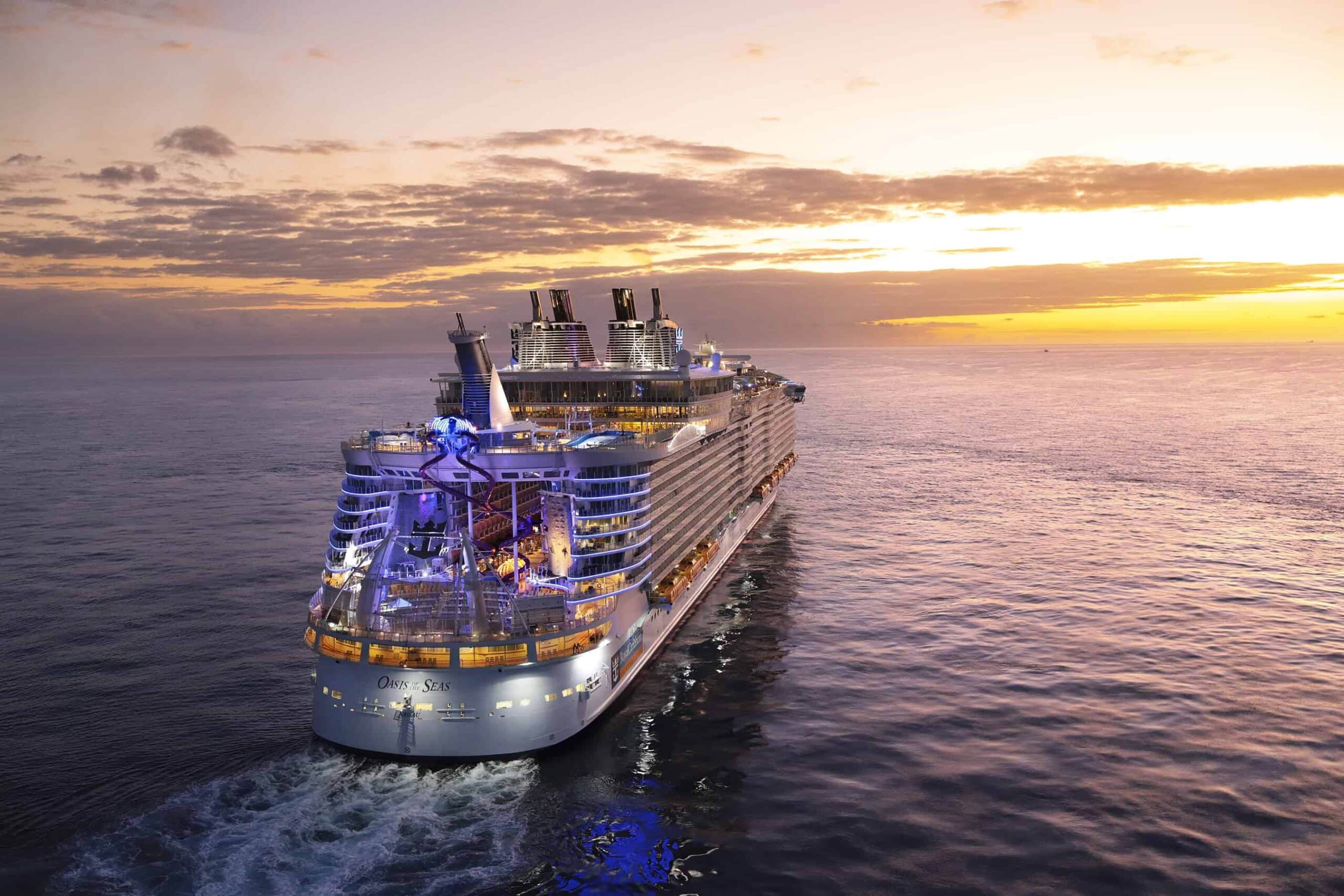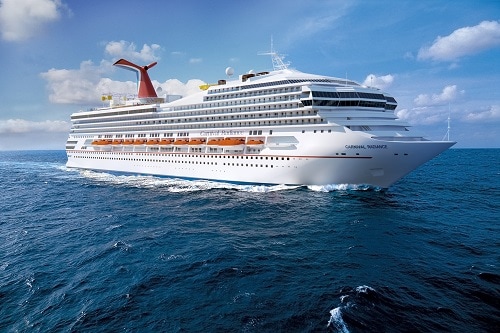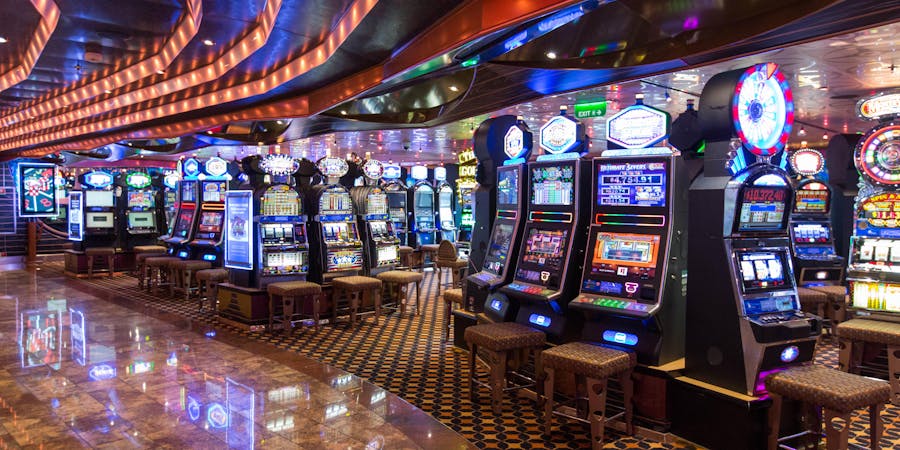Gambling On Cruise Ships In Hawaii
Casino Cruise in Hawaii on YP.com. See reviews, photos, directions, phone numbers and more for the best Cruises in Hawaii, HI. This being the case, offshore/international industry standards apply to Hawaii residents. To enjoy gambling on a cruise ship that departs from Hawaii, players must be 21 years of age, though online gambling with international providers is available at 18 and up.

A gambling ship is a seagoing vessel of any kind on which gambling takes place.

Historically, international waters began just 3 miles (4.8 km) from land in many countries. Gambling ships, like offshore radio stations, would usually be anchored just outside the three-mile limit. When the extent of territorial waters were redefined to 12 nautical miles—approximately 13.8 miles (22.2 km)—maintaining gambling ship became much more uneconomic.
In the United States, some states tried to control the effect of gambling ships through the use of state statutes.[1] It was generally believed[according to whom?] that organized crime was often involved in the operation of gambling ships.
Gambling ships off the coast of California[edit]
In 1928, the lumber schooner Johanna Smith was converted to a gambling ship and moored off Long Beach, California. She caught fire and sank in 1932.[2]
On New Year's Day 1937, during the Great Depression, gambling ship SS Monte Carlo, well-known for 'drinks, dice, and dolls,' was wrecked on a beach about a quarter mile south of the Hotel del Coronado, near San Diego.[3]
The barge Monfalcone was purchased in 1928 by a group including Los Angeles crime family boss Jack Dragna and started offering gambling off the coast of Long Beach. The ship sank in 1930 after a fire.[4]
Other gambling ships operating off California during the 1930s included Rose Isle (aka Johanna Smith II), Casino (fka James Tuft), SS Texas (aka City of Panama; aka Star of Hollywood; aka La Playa), Showboat (aka Mount Baker; aka Caliente), SS Reno (operating off San Diego), and William H. Harriman (operating off Santa Barbara).[5]
Anthony Cornero operated the gambling ships SS Rex and SS Tango during the 1930s.[6] California Attorney General Earl Warren ordered raids on the gambling ships. On August 1, 1939, state authorities raided SS Texas and SS Rex off Santa Monica and Showboat and SS Tango off Long Beach. A court ruling later that year permanently shut them down. However, in 1946 Cornero opened the SS Lux off Long Beach. It was quickly shut down. In 1948, President Harry Truman signed an act prohibiting the operation of any gambling ship in U.S. territorial waters.[7]
Gambling ships in Hawaii[edit]

Hawaii is one of three states that does not legalize any types of wagering such as gambling. So for a gambling ship to be sent from a Hawaiian island would be a very hard accomplishment. Hawaii has some strict laws on what types and which country flagged ships can dock in its ports. These ships that have gambling on them are cruise ships. Even though Hawaii has strict rules on its ports, a foreign flagged cruise ship can still dock in a Hawaiian port if it travels in international waters.[8] During these cruises there would be gambling on the ship once it got to international waters. A cruise ship would not be allowed to have any type of gambling aboard its ship if its initial or final destination was not to a port on one of the Hawaiian Islands even when those ships are in international waters.[8]
Gambling ships in Hong Kong[edit]
The popularity of gambling ships increased in Hong Kong following the anti-corruption campaign under Xi Jinping which began in 2012, under which high-ranking government officials and executives at state-owned enterprises are barred from gambling in Macau. In 2011, the Immigration Department reported 466 thousand passenger boardings of tourists from mainland China onto gambling ships, a 17.4% increase from 2010. Eight gambling ships were in operation in Hong Kong in 2013, many of them operated by triad syndicates. These ships have been criticized for their use of misleading sales techniques and for their risk to public safety due to the difficulty of law enforcement against their operation.[9]
Legality[edit]
Some cities and city officials do not agree if gamblingships should be allowed to go out to sea and gamble but then come back and dock in ports where gambling is illegal. The gambling ships have to travel for over forty five minutes to reach international waters before they could gamble legally.[10] In the city of New York, where gambling had been deemed illegal, there are some companies that would send their gambling ships to go out to sea into international waters which is about forty five minutes out so people could gamble on their ships legally. New York State AssemblySpeakerSheldon Silver was completely against the concept, arguing that returning with gambling paraphernalia into the Port of New York and New Jersey was illegal.[10] Other speakers said that the gambling ships would be great for the city, because they would bring in tax revenues and tourism that would help the city's economy. There were other cities around New York City that allowed gambling, and if New York did not permit the operation of gambling ships, those other cities would earn all of the potential revenue from gamblers. Ultimately, it was up to the mayor to decide if the gambling ships would be allowed or not.[10]
Enforcement of the Law[edit]
There was once an incident off the shore of California by Santa Monica Bay. A man, Tony Cornero, owned a ship called 'Rex.' Cornero licensed his ship from the state of Nevada, where gambling was legal, and set anchor three miles out from the coast of California.[11] There were water taxis that would carry boat loads of people out to the 'Rex' and they could gamble on the ship. A State Attorney General, Earl Warren, did not like having this ship off the coast of his state. Warren set out with the sheriff department and drove boats out to the 'Rex' to shut it down.[11] Cornero would not give in for eight days. But when he did the dispute went to the courts. California’s supreme court decided that 'three mile line' that marked international waters was not actually only three miles out from the nearest shore. The 'Rex' was shut down permanently.[11]
Gambling ships in popular culture[edit]
Californian gambling ships appear in several novels of the period, including Sing a Song of Murder (1942) by James R Langham, The Case of the Dangerous Dowager (1937) by Erle Stanley Gardner, and Farewell, My Lovely (1940) by Raymond Chandler. The 1940 film 'Gambling on the High Seas' was set in part aboard a gambling ship, SS Sylvania. Other films that feature gambling ships include Gambling Ship, Dante's Inferno, and Smashing the Money Ring.
Economics of Gambling Ships[edit]
Whilst gambling and gaming are traditionally high-revenue businesses, the economics of gambling ships are quite different from traditional bricks-and-mortar casinos.
One example which illustrates this is Manhattan Cruises. They were based in Manhattan, New York City, they originally operated overnight cruises into international waters, but had difficult attracting passengers in sufficient numbers to cover pier fees.[12]
Gambling On Cruise Ships In Hawaii Oahu
With bigger companies come bigger ships which makes it that much harder on the smaller companies who are trying to get in the gambling ship industry. Smaller companies are sometimes faced with the choice of merging with bigger companies or going out of business. There are different factors that make it hard for the smaller companies to compete with the larger companies such as Carnival Corps and Royal Caribbean Cruises Ltd.[13] One of the factors is that the bigger companies can afford to make newer and bigger ships. Newer ships can hold up to 4,400 passengers and crew.[13] These smaller ships can not carry those large of numbers. Newer ships acquire more updated safety requirements from the IMO, International Maritime Organization.[13] The smaller companies have older ships that are not equipped with the new safety standards and will have to get these requirements if it can afford them. An analyst at Oppenheimer & Co., Steven Eisenberg, says this type of industry will be ruled by two to three big companies who will rule the sea in gambling ships.[13]
See also[edit]

- Mr. Lucky (film) (1943), starring Cary Grant as a gambling ship operator
- Mr. Lucky (TV series), loosely based on the same premise
- Gambling Ship (1933), also starring Cary Grant
References[edit]
Gambling On Cruise Ships In Hawaii Island
- ^CAL. PEN. CODE § 11300
- ^'Johanna Smith'. California Wreck Divers. Retrieved 2010-02-27.
- ^Graham, David E (Jan 2, 2007). 'Busting the House: Casino Boat Crashed into Coronado 70 Years Ago'. SignOnSanDiego. San Diego: Union Tribune. Archived from the original on August 30, 2012. Retrieved Mar 19, 2011.
- ^Monfalcone - California Wreck Divers
- ^More on California's Gambling Ships by Stephen P. Alpert Coin Slot Magazine April 1980 [1]
- ^The other S.S. Rex – a gambling ship off Santa Monica, California in the 1930s and early 1940s. by Michael L. Grace cruiselinehistory.com August 2, 2009 [2]
- ^Tony Cornero And The S.S. Rex Los Angeles Magazine June 28, 2013
- ^ abMcDowell, E. (2001, May 6). Hawaii Still Resists Cruise Ship Gambling. New York Times. p. 3.[3]
- ^'內地打貪 澳門止步 港八賭船爆海戰搶客'. Apple Daily. 15 July 2013.
- ^ abcToy, V. S. (1995, November 20). Debating legality of plan for cruise-ship gambling. New York Times. p. B2.[4]
- ^ abcKalambakal, V. (2002). The BATTLE of Santa Monica Bay. American History, 37(1), 36.
- ^Onishi, N. (1998, May 5). Gambling ship stops operating overnight cruises. New York Times. p. B10.[5]
- ^ abcdDe Lisser, E. (1995, November 24). Forecast for cruise industry is stormy, andsome of the smaller fleets may sink. Wall Street Journal – Eastern Edition. p. B1.